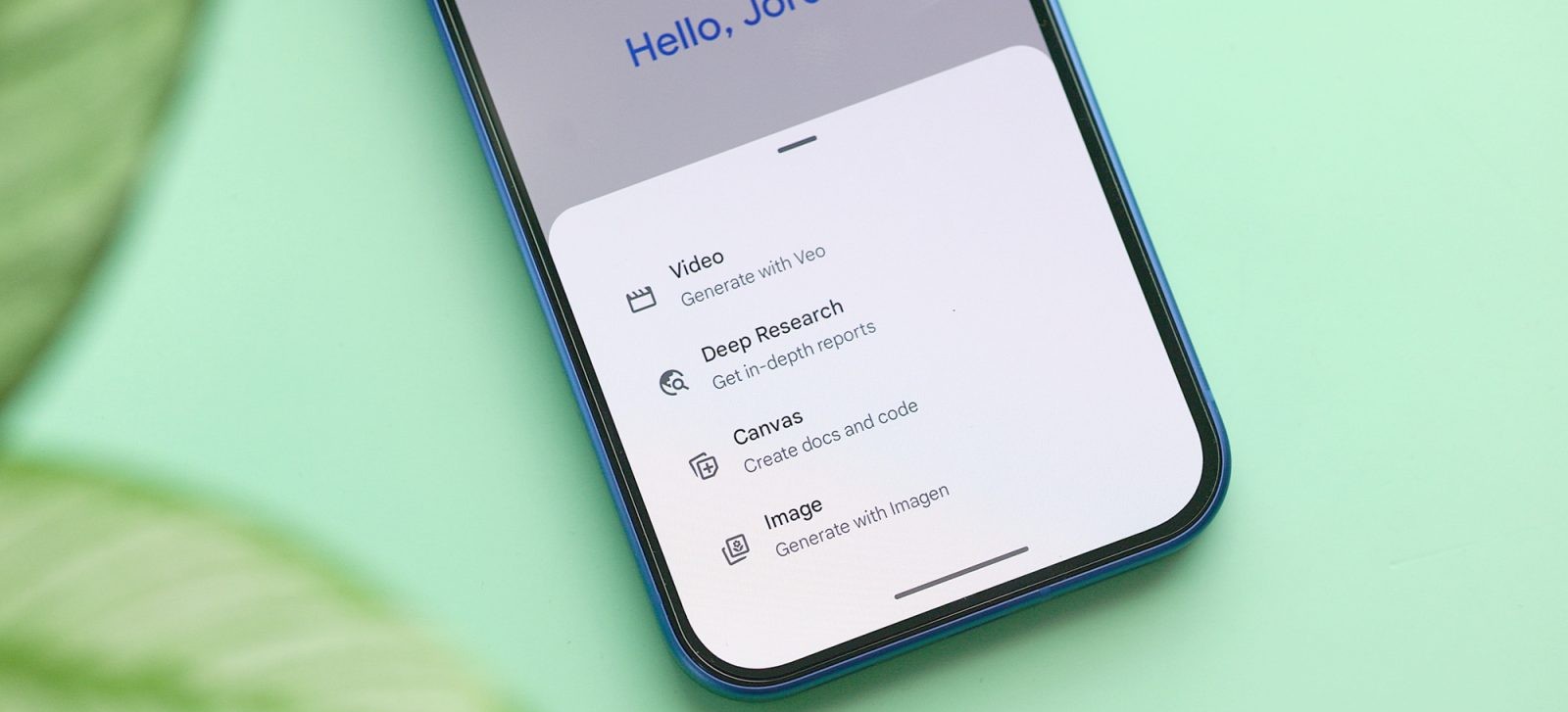Mastering AI Image Detection with Google’s Gemini: A Comprehensive Guide
In the rapidly evolving landscape of artificial intelligence, distinguishing between real and AI-generated images has become increasingly challenging. With the release of Google’s Gemini 3 update, the introduction of Nano Banana Pro image generation has elevated the realism of AI-created visuals to unprecedented levels. To address this, Google has integrated a sophisticated AI image detection tool within the Gemini app, empowering users to identify AI-generated images with ease.
Understanding SynthID Markers
Central to this detection capability is the implementation of SynthID markers. These invisible watermarks are embedded into every image produced by Gemini 3 Pro’s Nano Banana Pro engine. While imperceptible to the human eye, these markers serve as digital fingerprints, allowing the Gemini app to recognize and confirm the AI origin of an image.
Step-by-Step Guide to Detecting AI-Generated Images
To utilize Gemini’s built-in AI image detection feature, follow these steps:
1. Access the Gemini Platform: Launch the Gemini application on your device or navigate to the Gemini website through your preferred web browser.
2. Initiate Image Upload: Within the app or website interface, locate and select the Add files + option.
3. Select the Image for Analysis: Choose the image you wish to examine from your device’s storage and upload it to the platform.
4. Pose a Verification Query: After the image is uploaded, input one of the following questions to prompt the detection process:
– Was this created or edited with Google AI?
– Is this image real?
– Is this AI-generated?
Alternatively, you can append @synthid to your query after attaching the image to streamline the process.
Upon submission, Gemini will analyze the image for the presence of SynthID markers. If these markers are detected, the app will confirm that the image was generated using Google’s AI technology.
Limitations and Considerations
While Gemini’s detection tool is highly effective for images created with Nano Banana Pro, it has certain limitations:
– Detection Scope: The tool is specifically designed to identify SynthID markers embedded in images generated by Gemini 3 Pro. Images produced by other AI models, such as those from ChatGPT, do not contain these markers, rendering Gemini unable to confirm their AI origin with absolute certainty.
– Analytical Insights: In cases where SynthID markers are absent, Gemini can still provide a detailed analysis of the image. The app examines various elements, including:
– Visual Inconsistencies: Identifying anomalies such as unnatural blending of hair or asymmetrical features that may suggest AI generation.
– Aesthetic Evaluation: Assessing the overall style and composition of the image to detect patterns commonly associated with AI-generated content.
Despite these analytical capabilities, without the presence of SynthID markers, Gemini cannot definitively classify an image as AI-generated.
The Importance of AI Image Detection
The advent of highly realistic AI-generated images poses significant challenges in various domains, including media, security, and digital content verification. The ability to discern between authentic and AI-created images is crucial for:
– Maintaining Trust: Ensuring the credibility of visual content in journalism and social media.
– Preventing Misinformation: Combating the spread of false information through manipulated images.
– Enhancing Security: Protecting against fraudulent activities that utilize AI-generated visuals.
By integrating the AI image detection tool into the Gemini app, Google provides users with a powerful resource to navigate the complexities of digital imagery in the AI era.
Conclusion
As AI technology continues to advance, tools like Gemini’s built-in AI image detection become indispensable for verifying the authenticity of visual content. By following the outlined steps, users can effectively utilize this feature to identify AI-generated images, thereby fostering a more informed and secure digital environment.


